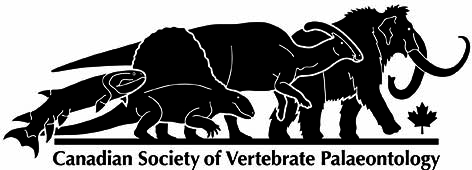A morphological study of vertebral centra in extant species of pike, Esox (Teleostei: Esociformes)
DOI:
https://doi.org/10.18435/vamp29357Keywords:
Esox lucius, Esox masquinongy, Esox reichertii, Esox niger, Esox americanus, centra, variationAbstract
Isolated centra of members of the Esocidae occur frequently in vertebrate microfossil localities of Late Cretaceous and early Paleocene age and are an important source of data on the early history of the family. However, morphological variation along the vertebral column can lead to incorrect interpretations of diversity if they are not recognized. To facilitate the use of centra for interpreting the diversity and distribution of esocids in Cretaceous vertebrate microfossil localities, the variation along the column in five extant species of esocids is described. Comparison with Cretaceous centra referred to the Esocidae allows identification of a series of features in which species of Esox differ from basal members of the family. These include the presence of a mid-ventral groove bordered by a pair of low budges on centra in the anterior end of the column, and antero-lateral processes on the posterior abdominal and anterior caudal centra. These differences provide a basis for recognizing early occurrences of the genus Esox in the fossil record and thus will allow centra to be used to document the timing of origin of the genus.
Downloads
Downloads
Published
How to Cite
Issue
Section
License
Copyright (c) 2019 Sinjini Sinha, Don B Brinkman, Alison M. Murray

This work is licensed under a Creative Commons Attribution 4.0 International License.
Submission of an article to Vertebrate Anatomy Morphology Palaeontology will be taken to mean that the article is an original work and not previously published or under consideration for publication elsewhere.
If the article is accepted for publication, it will be published on-line under Creative Commons Attribution 4.0 International (CC By 4.0) meaning:
Attribution — You must give appropriate credit, provide a link to the license, and indicate if changes were made. You may do so in any reasonable manner, but not in any way that suggests the licensor endorses you or your use.
No additional restrictions — You may not apply legal terms or technological measures that legally restrict others from doing anything the license permits.






